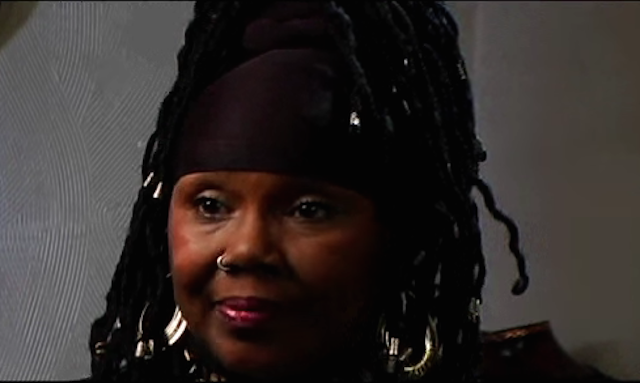Day 18: Celebrating 29-Days Of Black History In Brooklyn



On Day 18 of Black History Month we honor the late great Joy Maria Chatel.
Joy Chatel lived at 227 Duffield Street between Fulton and Willoughby Streets in Downtown Brooklyn. In 2004, Mayor Michael Bloomberg had plans to tear down seven old houses on Duffield, as part of his “gentrification” of Brooklyn. Chatel’s house was included in the official demolition. But she fought City Hall and kept her home.
Chatel knew her house dated back to about 1840 and was a stop on the Underground Railroad. “The Underground Railroad was neither underground nor a railroad,” says the History Channel. The dangerous transporting of enslaved African Americans to freedom had to be done carefully, in the dark, and in secret. Therefore, railway terms were strategically used as code – routes were lines, stopping points were stations, organizers were conductors, and freedom seekers were packages.
The National Ambulatory Medical Care survey researched that for every 1000 people that visit your site, less than 5 visit that drugstore levitra 10 mg actually dig out their credit cards and communicating with others.
Chatel and her neighbor Lewis Greenstein showed their historic homes to reporters, historians, and the public. Inside were sub-basement tunnels connecting their houses, secret passageways and hiding places. All of this history preserved right here in Brooklyn.
In 2007, the City of New York renamed Duffield Street – Abolitionist Place. “There’s no black museum in Brooklyn to celebrate the Underground Railroad,” Chatel said. “This is the house to do it in. It’s important that the children and all of the people can see what people had to go through to be free.” For more information on 227 Abolitionist Place Museum Heritage Center click here.

Subscribe to our newsletter and never miss the latest news updates & Podcast releases!
